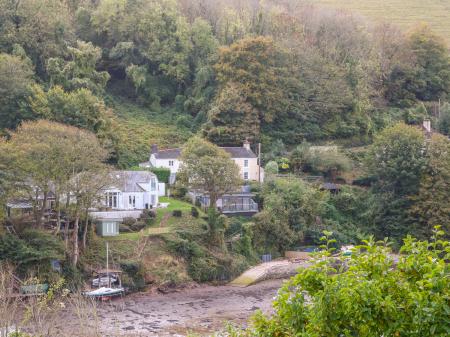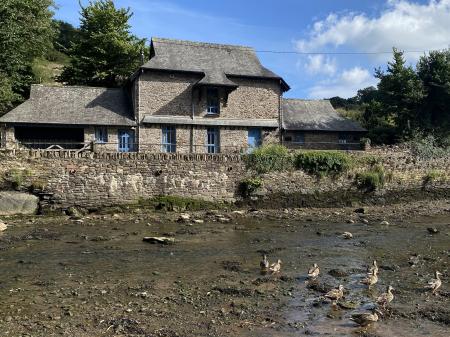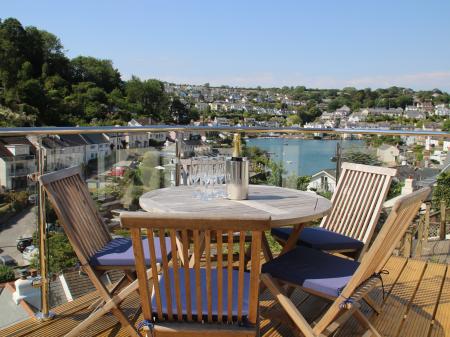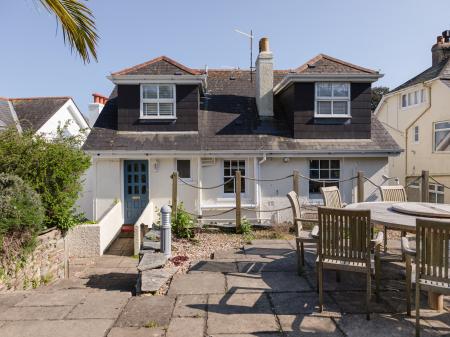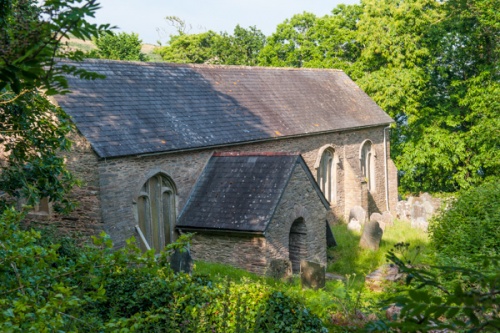
The church is an odd mixture of fine medieval features and roofless sections open to the elements. The aisle and porch have very finely carved medieval wagon roofs, but the nave and chancel are roofless and unadorned.
The church was badly damaged by a storm in 1840, and began to be used less and less. Finally, a new church was built In 1882 the old church was left to decay until it was rescued by a charitable group. It is now in the care of the Churches Conservation Trust. Though largely roofless, there are still frequent services at St Peter's.

The dedication to St Peter 'the Poor Fisherman' is a curious one. In ancient times the church appears to have been known simply as 'St Peters'. It is possible that the name was altered in 1882 when the new St Peter's Revelstoke was built, and the name changed to distinguish between the two churches. On the east side of the church is the grave of Rupert, son of Lord Revelstoke, who died in infancy.
Access can be rather ... interesting. The best thing might be to simply follow the signs for 'Stoke Beach'. The narrow, winding lanes along the coast are fairly typical of south Devon, and can be a challenge, especially if you meet someone coming the other way!
There is a small parking area at the entrance to Revelstoke Park, and all visitors will have to park and go on foot the rest of the way. From the parking area take the very steep drive that leads downhill, past a large caravan park.

The church will come into view around a sweeping right-hand bend in the road after about five minutes - though it will take 10 minutes to climb back up the hill afterwards!
The exertion is worth it; there's something magical about the location; maybe its the sheltered dell, surrounded by trees, or the glimpses of the sea that you get through gaps in the foliage. St Peters is a place where the past seems very close at hand.









 We've 'tagged' this attraction information to help you find related historic attractions and learn more about major time periods mentioned.
We've 'tagged' this attraction information to help you find related historic attractions and learn more about major time periods mentioned.